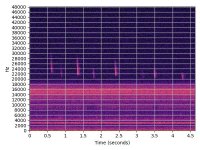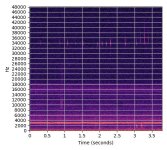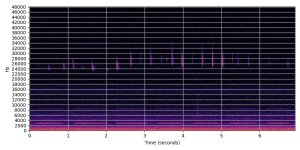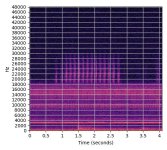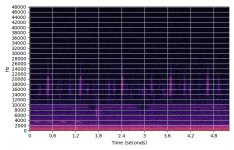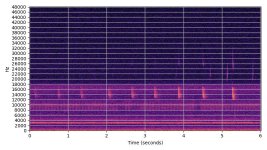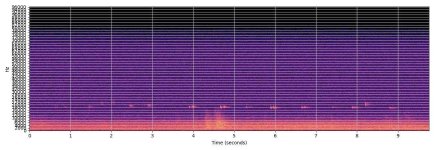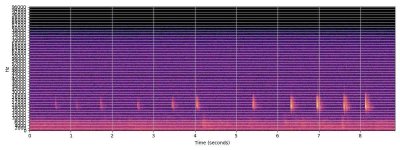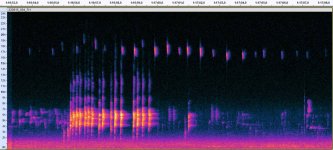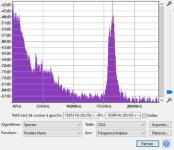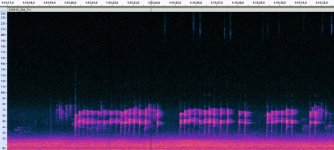I found these ultrasonic 'traces' while parsing recent night recordings, lowland countryside, West Switzerland/France.
Typ_1 and Typ_2 look more like rodents or insects to me, but they are also very rare occurences and differ from the 4-5 species of grasshopers/crickets that can go on for several hours at a time...
If identification is possible, is it worth recording up to 60 mHz, the upper limit of my microphone in the specs, to catch more species?
Typ_1 and Typ_2 look more like rodents or insects to me, but they are also very rare occurences and differ from the 4-5 species of grasshopers/crickets that can go on for several hours at a time...
If identification is possible, is it worth recording up to 60 mHz, the upper limit of my microphone in the specs, to catch more species?




